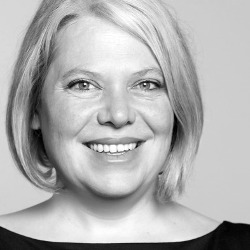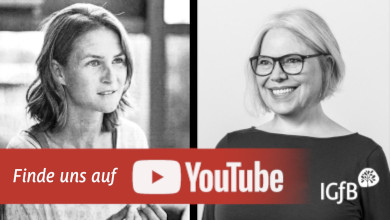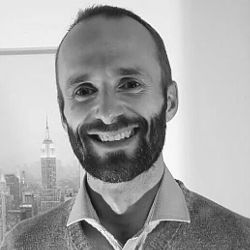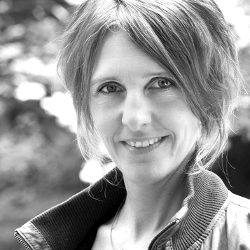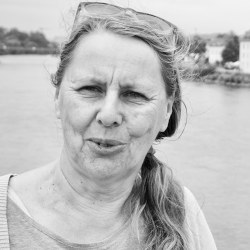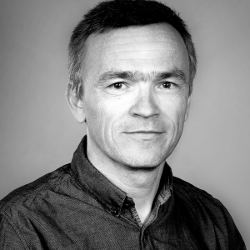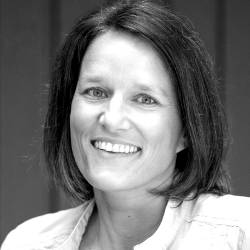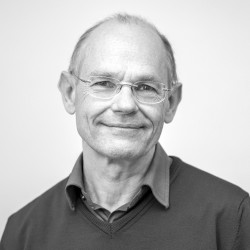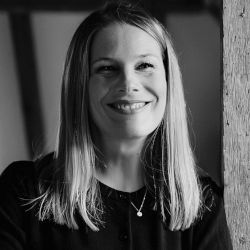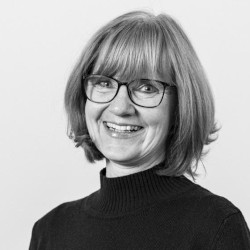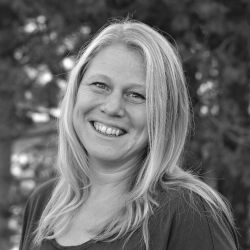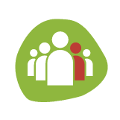We at the iGfB understand counseling and family therapy as a personal and individual process, which supports individuals and family systems in their personal solutions and arouses potential for change.
In the context of accomapnying these kind of developmental processes, Meryl Streep’s words "take your broken heart and turn it into art" touched me last week.
I also try to turn my broken heart into art. Sometimes the result is artful, sometimes not. The transformation of one's own wounds, through one's own actions, is an essential impetus of many people, whether as partners, as parents, in our professions, in our voluntary commitments or in other areas.
One of the lectures that I gave this autumn was titled "Family Hurts". In preparation for this, and through the reactions of others, I was confronted with the harshness and inevitability of this fact time and time again.
Why do we do what we do?
Whether in helping professions or in other areas, probably the greatest driving force of human activity is to alleviate suffering and to heal injuries. Depending on how we are “knit together", this happens through power, the preservation of material goods and security, or through relationships and commitment to others.
All of us have a broken heart, all have wounds. Some wounds are deeper than others; some life-processes require much from the individual, and the danger of getting out of balance can be greater for one person compared with another.
When do hearts break?
Our heart breaks as a baby in small steps when there is no one who is sensitive and responsive to me and my needs.
Our heart breaks in kindergarten when we have experiences of rejection or exclusion.
Our heart breaks as a schoolchild when our curiosity and our desire to learn find no space.
Our heart breaks in puberty if there is not sufficient stability from the outside, and our inner chaos takes over.
Our heart breaks as adolescents when our love and opening ourselves to another are not met with love.
Our heart breaks when we cannot develop our competencies fully and do not experience ourselves as valuable.
Our heart breaks when what we think is secure collapses.
Our heart breaks when friends turn away, because they cannot bear our being who we are.
We all have experiences that we do not wish on anyone else.
Yes, we all have injuries; many that unconsciously drive us, and with which we come into contact during the course of our lives, moments when scars are reopened. Sometimes they drive us into flight from ourselves and sometimes into committed action, sometimes into leadership roles and sometimes into victim rolls.
Far too often they drive us unconsciously beyond our own boundaries and beyond the boundaries of others. Then our broken heart becomes destructive.
And how does our broken heart become art? Something beautiful, something valuable, something inspiring?
For many of us, this desire, which we seldom formulate, is the motive, the reason to deal with the painful, difficult aspects of life. In our words, we want our efforts to be productive, we want to strengthen people, balance deficits and heal injuries. And in working with children, teenagers and parents, we want to prevent bad things.
But the confrontation with one's own wounds and with the existential pain of the those one encounters is the greatest challenge of working with people.
For encounter and interventions to become something artistic, something human, something strong, beautiful and life-affirming, we must care for our own broken heart with our own wounds. Without the transformation of our own wounds into something beautiful, personal and well-integrated, our efforts can do harm.
The expert answer, or a well-meant solution, or a simplistic or methodical approach between us and others is too often the case. Instead of structure and help, these become a wall and barrier. The longing for human encounter and real contact, is then lived out through
worry
care
indulgence
addiction
harmony
desire to give up responsibility to others
And much more ...
These modes of encounter all have their right to exist, but sometimes prevent the art of true encounter, true connection in interaction.
Moments of real connection, showing ourselves vulnerable, facing our pain and sharing reality are always moments of hidden beauty, in which we learn this human art of coexistence and from which unhindered, joyful and relaxed places of further development arise.
Thank you for reading and sharing our work.
We would be delighted if you would encourage our work and support our work through your participation. On request we will be pleased to come to you.
In the name of the entire IGFB team I wish you a beautiful, valuable and "artistic" new year 2017
Robin Menges
The original text was published Jan. 19th, 2017 and translated by Ed Murray

